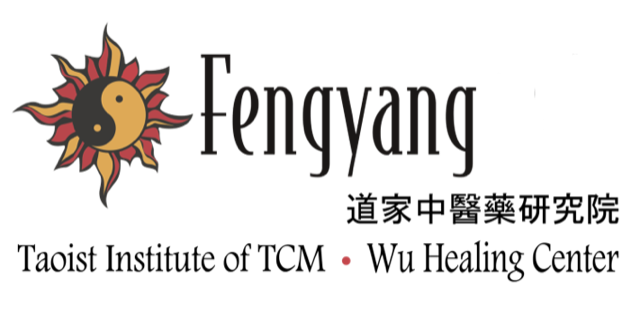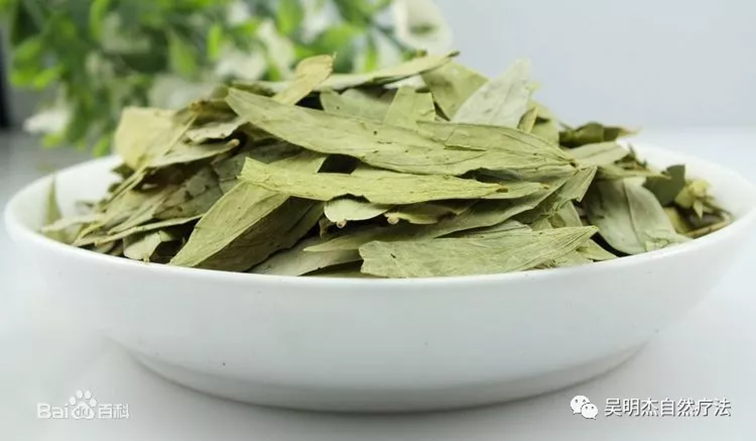Learn About Chinese Herbs -Fan Xie Ye (Senna Leaf)-
Fan Xie Ye (Senna Leaf)
Source: Dried small leaves of Cassia angustifolia Vahl or Cassia acutifolia Delile, a small leguminous herbaceous shrub.
Origin: Senna narrow-leaved is mainly produced in India, also known as Indian senna. The main production of sharp-leaved senna is the United Arab Emirates, which is transported from Alexandria, and is also called Alexandria senna. In the past, the import was mainly Indian senna, and now Yunnan has been successfully introduced and is now planted locally.
Trait identification: complete or broken leaves, mixed with fine peduncles. Leaves oblong-ovate, ovate-lanceolate to linear-lanceolate, entire, leaf ends pointed or slightly convex, asymmetrical at base. The upper surface is yellowish-green, the lower surface is grayish-green, the veins are prominent, and there are hairs on both sides. Crisp and brittle. It has a grassy smell and a slightly bitter taste. Sticky. It is better to have dry pointed leaves, yellow-green color, intact, and no sediment.
Main ingredients: containing anthralin 1~1.5%, mainly sennoside A, B, chrysophanol, aloe emodin, rhein acid, and flavonoid derivatives (kaempferol, isorhamnetin), etc.
Pharmacological action: laxative. It has strong irritation, promotes intestinal peristalsis, and diarrhea several times after 3 hours.
Processing: remove the branches and stalks, and use them raw.
Taste: sweet and bitter, cold.
Meridian: into the large intestine meridian.
Function: Eliminate stagnation and defecate stool.
Uses: food stagnancy, chest and abdomen fullness, stool blockage.
Clinical application: It is suitable for heat accumulation constipation, such as constipation, food stagnation, chest and abdomen distension and ascites caused by gastrointestinal heat.
Compared with rhubarb, this product has a stronger laxative force and a faster onset of effect. However, the antibacterial and anti-inflammatory, heat-clearing and anti-phlegmatic effects are not as good as rhubarb. In addition, the side effects of this product are more obvious, there may be abdominal pain, vomiting, or aggravation of the original intestinal inflammation (especially when the dosage is large), with carminative drugs or qi regulating drugs (such as Xiang Fu, Huo Xiang), as these herbs can reduce or prevent the above side effects; It is also used to clean the intestines before surgery.
Precautions for use: Weak people, pregnant women, menstruation, and postpartum lactation are contraindicated. It should not be used by people with hemorrhoids. It is advisable to decoction last near the end as its effects weaken when exposed to heat for a prolonged period of time.
Dosage: 1.5~3g for slow laxative effect, 3~9g for strong laxative effect.
Prescription example: Senna drink: The soaking liquid of senna alone (6~9g of senna each time) can be used as a laxative.
Note: A batch of senna has been imported in the past, and many of them have been found to be mingled with round leaves. The leaves are ovate and obovate, the apex obtuse or slightly convex or spike, and the base is symmetrical or asymmetrical. The surface is yellowish-gray-green to reddish-brown, covered with grayish-white hair. The content of anthraquinone derivatives in this kind of leaf is very low dose in comparison to what is normally used, and attention should be paid to distinguishing them.
Case study: Heatstroke
Patient: Ms. Wei. Female, age 58
Chief complaints: Chills and fever, severe diarrhea, syncope, sleepiness, fatigue, repeated symptoms for 2 months.
TCM diagnosis: tongue red, coating white and greasy, pulse rapid and soggy. Symptoms belong to the category of heat and dampness.
TCM treatment principles: dispel wind and clear heat, eliminate dampness through body’s surface, TCM prescription: Xiang Ru Cao 10g, Chuan Hou Pu 10g, Bai Bian Dou 10g, Hua Shi Fen 30g, Gan Cao 6g.
Patient feedback: diarrhea stopped after 3 doses.
Doctor’s recommendation: Tui Na on Hua Tuo Jia Ji T1-3 and T11, plus moxibustion on ST36 and ST37 to stabilize the effects.
Disclaimer: All above articles are for reference only. If patients are interested, please consult a professional practitioner Traditional Chinese Medicine for a consultation.


